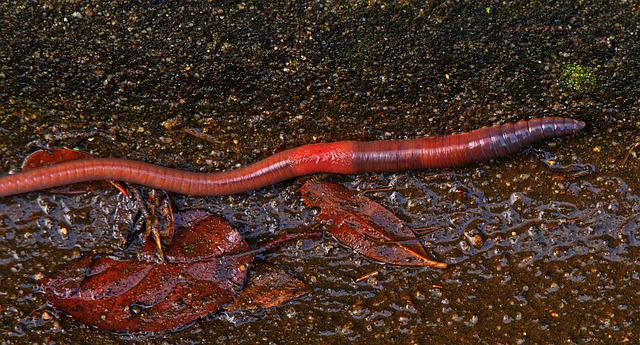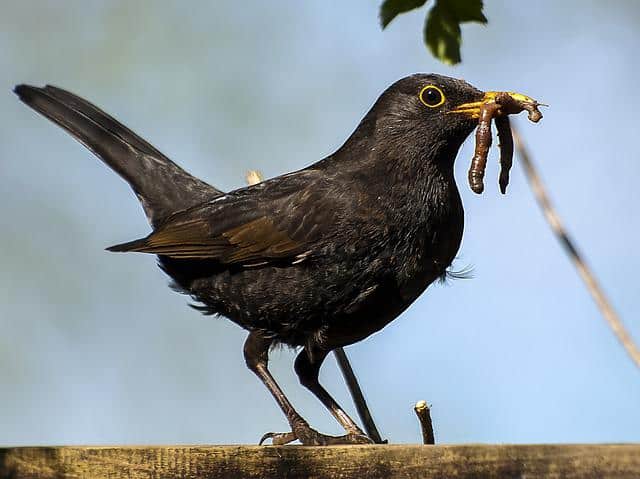
Worms are invertebrate animals.
There are different theories about the etymological origin of the term worm that concerns us now. However, there are two versions that are the most relevant. On the one hand, there is the one that indicates that it could derive from a pre-Roman term such as “wormworm”. On the other hand, there is the one that establishes that it comes from Latin, specifically from “cossus”, which, in turn, emanates from the Sanskrit “kusu”, which can be translated as “worm”.
A worm is an invertebrate animal characterized by its soft body without feet or appendages. The term is used as a generic name for various species of metazoans (they have numerous differentiated cells that are grouped into apparatus, organs and tissues) that can be parasitic or free-living.
Other of the most significant characteristics of worms are that they breathe cutaneously, that is, through the skin, and that their bodies usually have hairs or bristles that cover them.
Types of worms
The worms are elongated and may belong to the phyla of nematodes , annelids or flatworms , among others.
Nematodes, first of all, are identified because they have a cylindrical shape and because they are quite long. To all this we must add that they do not have visible segments. Among the worms that are included in this group is, for example, trichina.
Annelids, secondly, are worms that are characterized because their body is made up and divided into clearly visible rings and because they usually grow and live in very humid spaces. Among the most significant of this type are leeches and earthworms.
Regarding flatworms, thirdly, we have to establish that they are worms that have the particularity of presenting a flattened shape. Likewise, the fact that in order to survive it is necessary for them to choose to parasitize is highlighted. Among those included in this group we can highlight the tapeworm.
Worms and leeches , for example, are among the best-known worms.

Many birds feed on worms.
The larvae
The larva with an elongated, cylindrical and soft body of insects is also called a worm.
These worms can be caterpillars (the larvae of flies) or caterpillars (the larvae of butterflies).
Worm in computing
In the field of computing , a malicious program ( malware ) that has the ability to duplicate itself is known as a worm. Called worms in English, worms usually install themselves in sectors of the operating system that are invisible to users, from where they spread without a person having to intervene.
Located in memory, the worm does not modify files, unlike what happens with viruses . Generally, its main damage is the consumption of bandwidth to cause problems in a network.
The concept in colloquial language
In colloquial language, finally, a mean individual who is despicable due to his behavior or attitudes is called a worm.
“Stay away from Javier! “The only thing that worm knows how to do is damage.”, “A worm scammed my grandmother and stole all her savings.” y “I work for a worm that exploits and mistreats me: I would love to find another job” son expresiones que muestran este uso.
